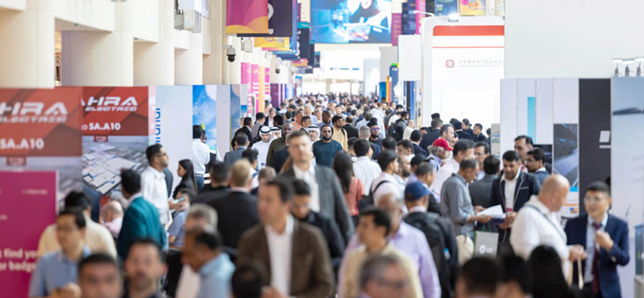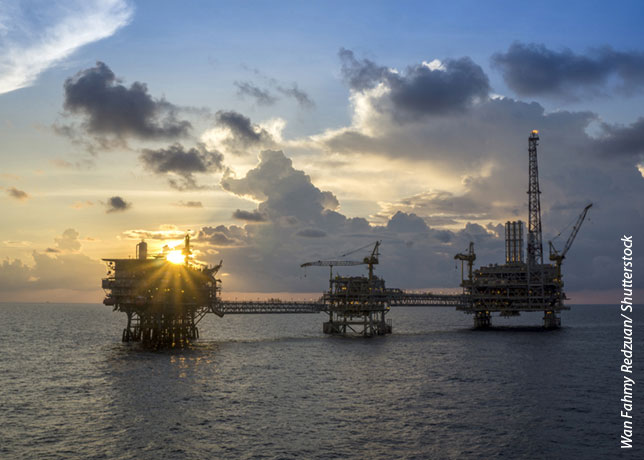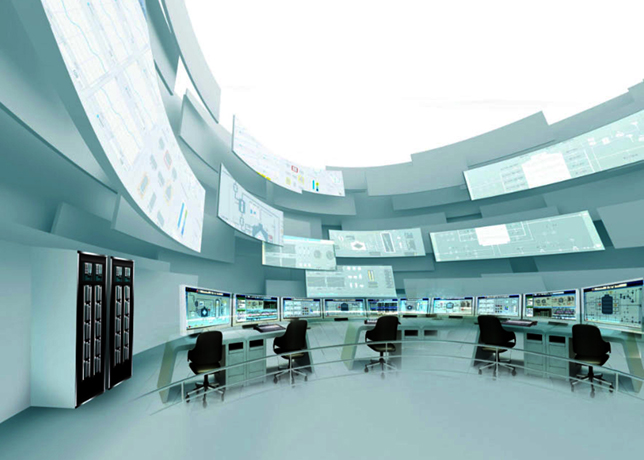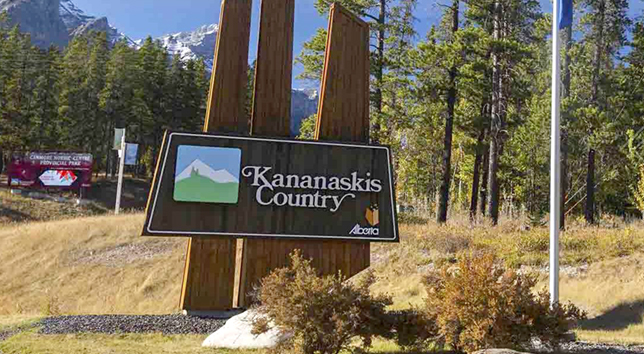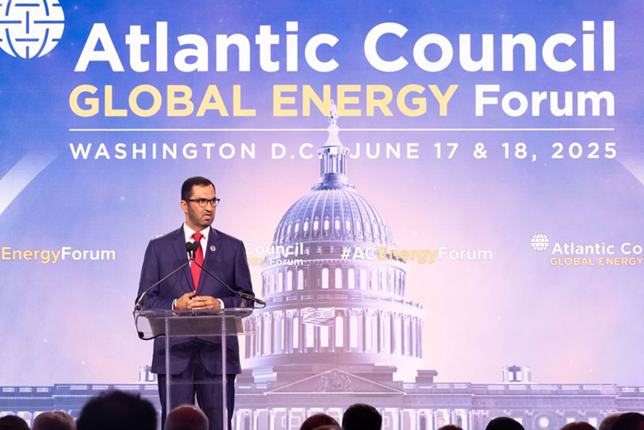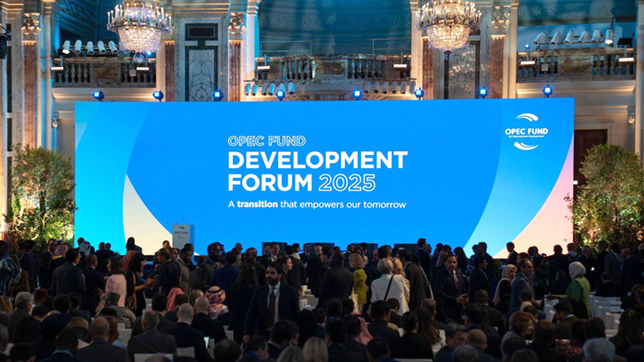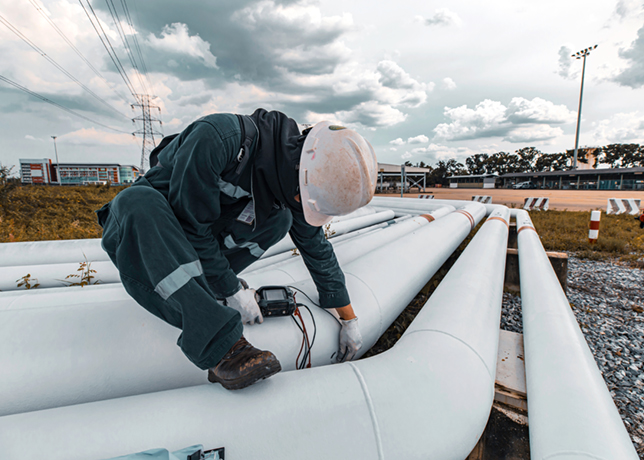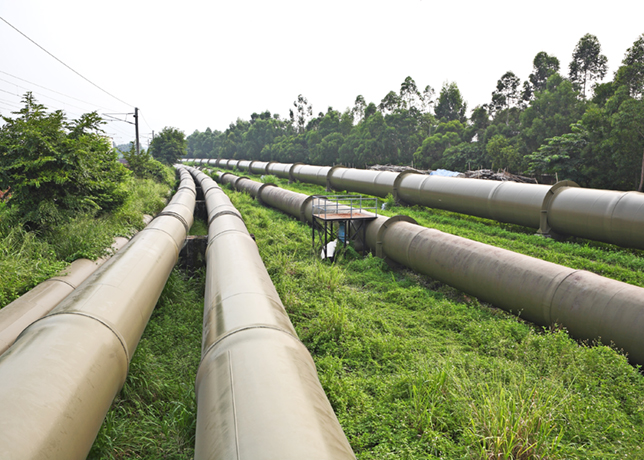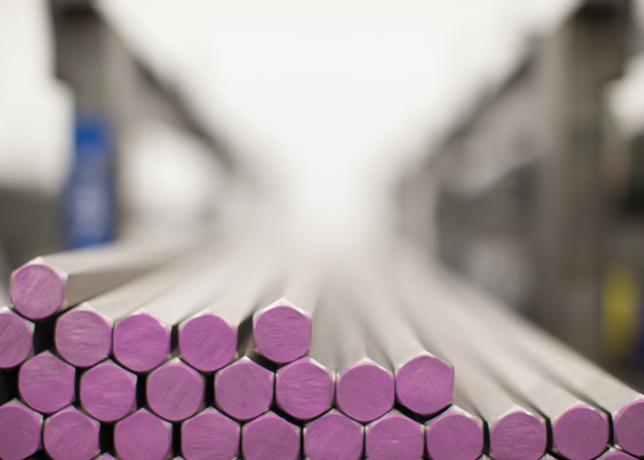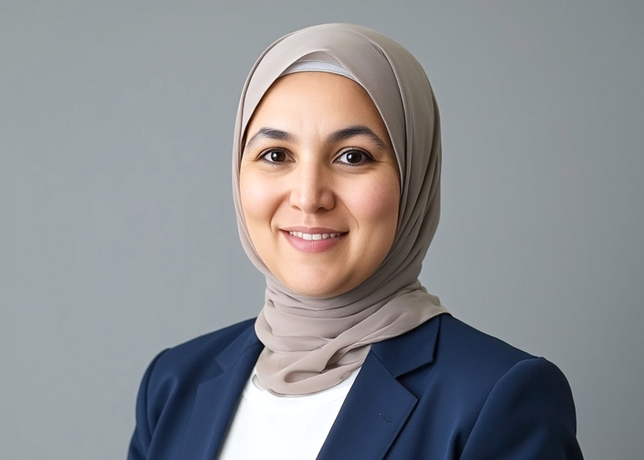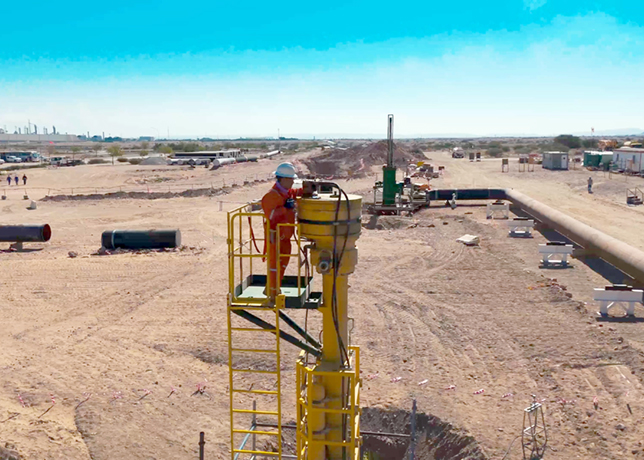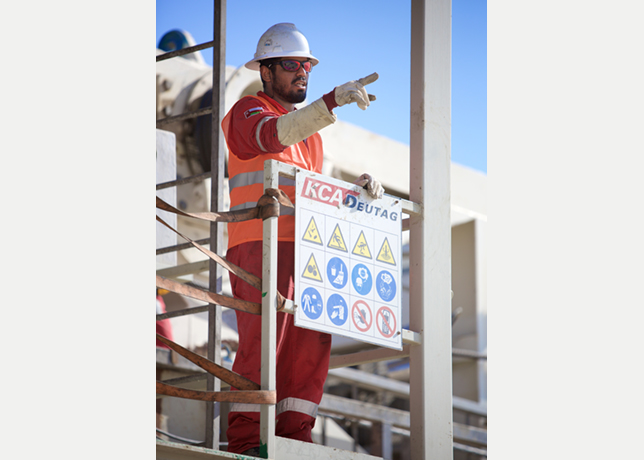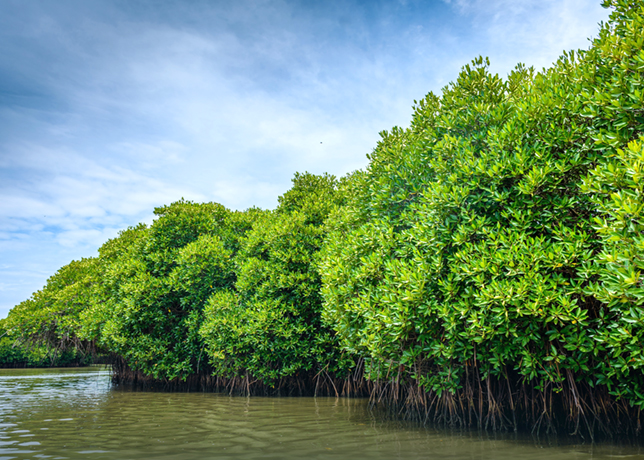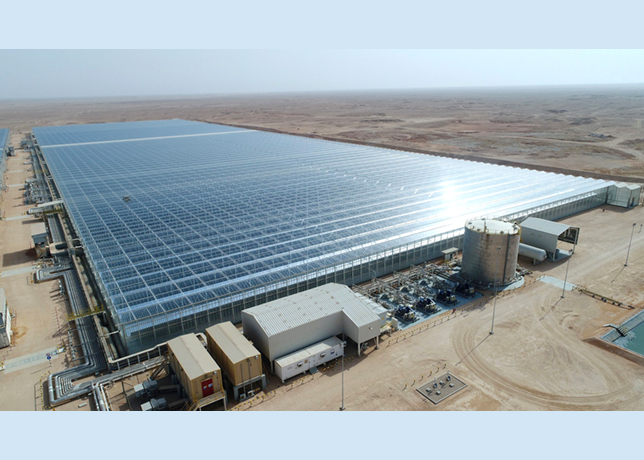
 Gasco plant to build a new processing plant and 20 condensate storage tanks.
Gasco plant to build a new processing plant and 20 condensate storage tanks.
ADNOC is at the helm of the growth drive in the gas sector, in the UAE.
As much as two-thirds of the estimated $6,000 million that has been set aside for investment over the next four years has been earmarked for the development of the gas sector.
The move comes as the UAE strives to cope with rising oil field reinjection into ageing oil reservoirs.
The vast demand for gas from the power sector has given this an added impetus.
Demand from this quarter is estimated to double over the coming four years to at least 3,000 million cubic feet per day (cu ft/d).
However, the vast majority of these gas reserves are associated and therefore constrained by oil production.
Up to six major and medium-sized projects are at various stages of implementation and Adnoc subsidiaries plan to produce an additional 2,000 million cu ft/d of gas by 2006 from various schemes.
At the top of this list is the third phase of the onshore gas development (OGD-3) and the second phase of the Asab gas development (AGD-2) scheme.
Estimated at a cost of $2,500 million, the projects will cover the reinjection of gas to maintain pressure in the Thamama reservoir at Habshan as well as the recovery of substantial volumes of condensate and natural gas liquids (NGL), reports say.
US' Bechtel is scheduled to complete the front-end engineering and design (FEED) work by summer of this year.
The OGD-3/AGD-2 project will involve building a gas plant at Habshan and another at Asab, and installing a new gas line to Ruwais.
Abu Dhabi Gas Industries Company (Gasco) is also planning to build a new processing plant and 20 condensate storage tanks at Ruwais for Abu Dhabi Oil Refining Company (Takreer).
Meanwhile, Australia's Worley is carrying out the FEED package on a $1,200 million gas reinjection project at the offshore Umm Shaif field, expected to be the largest in Abu Dhabi's hydrocarbon sector.
The project is aimed at reinjecting about 600 million cu ft/d of gas and calls for the installation of a new super complex.
Further projects are being planned onshore.
These include the reinjection of 100 million cu ft/d of carbon dioxide into the Thamama B reservoir at the Bab field, reinjection of 95 million cu ft/d of gas into the G, F and D reservoirs at Bu Hasa, the upgrading Gasco's gas-processing facilities at Bu Hasa to handle up to 65 million cu ft/d of gas and a sour gas reinjection scheme at Bab, reports say.
The first test well is being drilled by Abu Dhabi Company for Onshore Oil Operations (Adco), for the sour gas project.
Adnoc is also stepping up investment in field developments in an effort to maintain existing reservoir output levels. Some $850 million will be invested by 2004/05 in raising oil production capacity by at least 500,000 barrels per day (bpd).
This will bring the company another step closer to its medium-term target of three million bpd, a substantial leap from its current production capacity of about 2.2 million bpd.
A large share of the investment will go to the onshore Bu Hasa, Bab and Northeast Abu Dhabi (NEAD) oil fields which will produce about 60 per cent of the total planned increase in capacity, sources say.
The remaining new capacity is to be achieved through debottlenecking projects planned at existing facilities on Zirku and Das islands.
Another issue that Adnoc will have to deal with is the need to maintain oil reservoirs, some of which are 30 years old.
With both power and water demand rising by more than 10 per cent a year, the construction of new generating capacity is a priority for Abu Dhabi.
And the demand for large supplies of gas is not confined to Abu Dhabi. Since 2000, 500 million cu ft/d has been 'exported' to Dubai, reports say, a figure that is set to rise to 800 million cu ft/d by 2004, as a result of soaring power demand and a reduction in gas volumes from Sharjah.
It is anticipated that Fujairah may also be supplied with Abu Dhabi gas to fuel the 658-MW, 100 million g/d complex at Qidfa, being built by Union Water & Electricity Company (UWEC).
Meanwhile, Abu Dhabi Gas Liquefaction Company (Adgas), set up in 1973 as the Gulf's first liquefied natural gas (LNG) producer, is again defining a new path for itself.
In the 1970s, it decided to construct the region's first LNG plant. Three decades later, it is poised to build a new liquefied petroleum gas (LPG) train. In both cases, gas extracted from Abu Dhabi's offshore crude oil fields is turned into a new source of marketable energy.
"This [the LPG expansion] is the biggest project Adgas has initiated since 1994," according to a project source.
"The sole work coming out of Adgas since it commissioned its third LNG train has been their annual maintenance and the related shutdowns."
Adgas owns and operates a gas liquefaction plant comprising three trains, with total design capacity of 3.5 million tonnes a year (t/y).
However, following extensive debottlenecking the trains produce a total six million t/y of LNG, plus about 1.7 million t/y of LPG, 535,000 t/y pentane and 338,000 t/y sulphur.
Nearly all the LNG is sold on long-term contracts to Tokyo Electric Power Company (Tepco).
The proposed new gas processing unit - train four - is estimated to cost $350 million-400 million and will have a capacity of one million t/y, with LPG as the main product, plus small volumes of pentane and sulphur.
The new LPG train will utilise additional volumes of associated low-pressure gases produced as a result of increased oil production planned to start in 2005 from Abu Dhabi's offshore fields.
At present, gas to Das island is supplied from the offshore Zakum and Umm Shaif fields through 46-inch-diameter and 18-inch-diameter main gas pipelines.
Train four will be designed to utilise 220 million cubic feet per day of associated gas at varying pressure streams. The gas will be processed through gas compression, acid gas removal, gas drying, pre-cooling and fractionation to make the final products of LPG - propane and butane - and pentane.
In addition, sulphur will be recovered from the acid gas, while other light hydrocarbon derivatives - methane and ethane - will be used to fuel train four; excess gas will be redirected to fuel trains one and two.
As well as the new LPG train, which will be built to the south of existing trains one and two, the project will include construction of utilities for the new train, sources say.
It will be carried out on a fast-track basis with the new facilities to be commissioned by late 2004/early 2005.
Along with the construction of a new LPG train, Adgas is also planning an expansion of the jetty and the UK's Halcrow Group has carried out a study for the facility.











